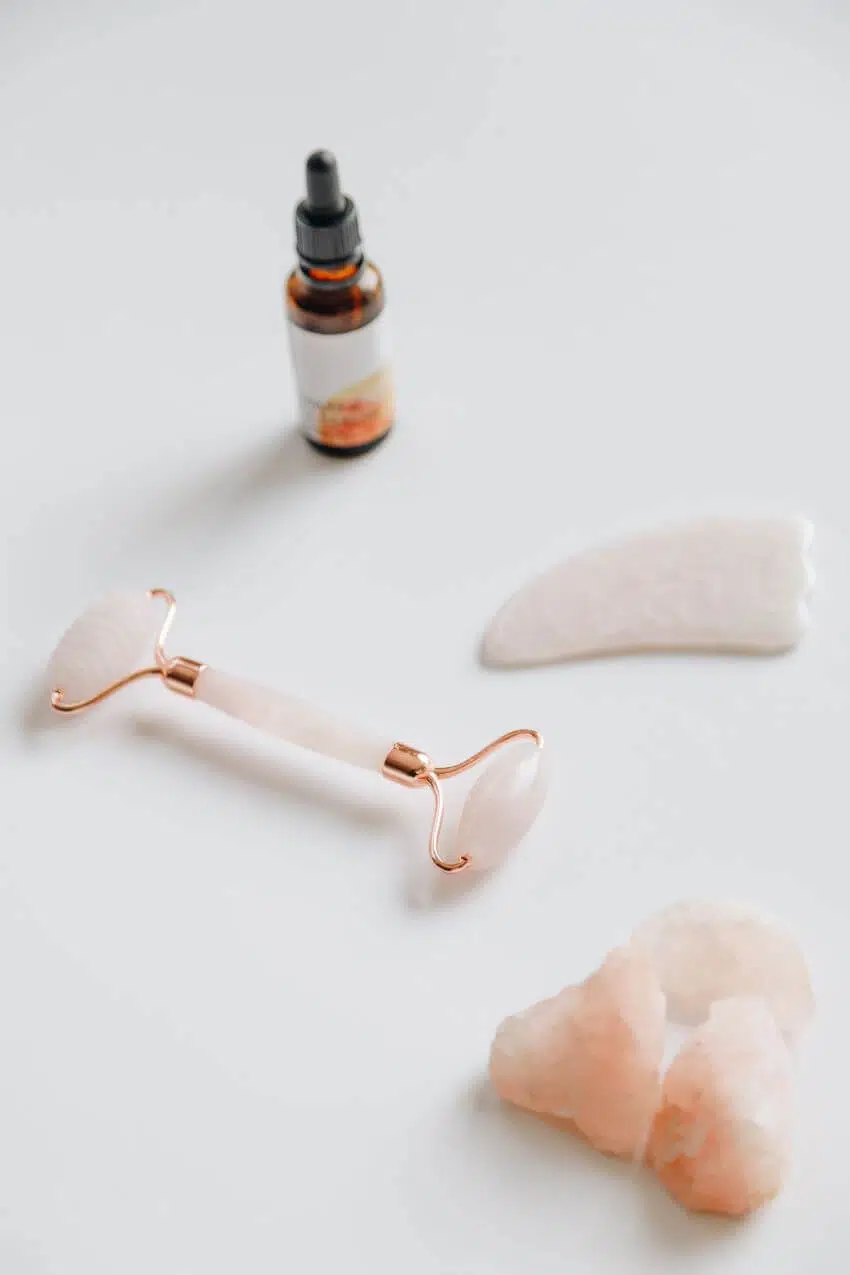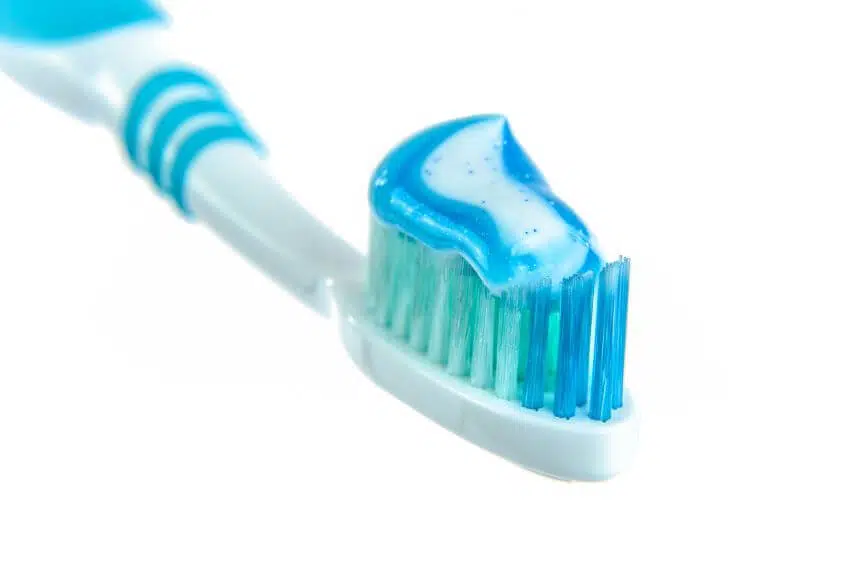Silica is a compound of silicon and oxygen that exists practically everywhere on the Earth’s surface, particularly in rocks and water. It is widely distributed among soil, beach sand, granite, quartzite, dolomite, etc…Because silica occurs naturally as sand, it can give some degree of alkalinity to the soil. But is hydrated silica bad for the environment?
What is hydrated silica?

Hydrated silica is the chemical compound silicon dioxide (SiO2), usually found in opal, agate, flint, and quartz. Silicon dioxide is abundant in nature and often occurs as an ingredient of many rock types; it makes up around 60% of the weight of common sand. Silica is one of the most complex chemical compounds commonly found in nature.
Silica can be either crystalline or non-crystalline, also known as glassy silica. Crystalline silicon dioxide has two modifications: alpha and beta. The most common mineral forms of quartz are alpha quartz (trigonal crystal system) and beta quartz (rhombohedral crystal system). The alpha form can be found in a pure form as a high-pressure mineral called seifertite.
Hydrated silicon dioxide (SiO2) is known as silica, but it also goes by some other names like beach sand or quartz; chemically, however, they are all the same. It has no color, but it can sometimes look pinkish to brown, depending on where it comes from. It may also contain traces of other minerals, which give it a different color.
See Related: Important Pros and Cons of Biofuels to Know
What are the uses of hydrated silica?

Hydrated silica, or just silica for short, creates glass and cosmetic formulations. It is also an ingredient in human body products like cosmetic products, body scrubs, and toothpaste. Many people use a product containing silica daily without even realizing it!
Other common uses include fishing sinkers, sandpaper, polishing compounds, and stone countertops like granite and marble. Non-crystalline silica (opal) creates pottery, china, porcelain, and linoleum flooring.
It can also be found as a filler in paint, rubber tires, insulation materials, and the manufacture of bricks, tiles, and other construction materials. In addition to these uses, some flour and rice are mixed with silica to improve storage times and reduce spoilage.
See Related: Most-Eco Friendly Cars for Any Lifestyle
What problems does silica cause in cosmetics?

Silica is used in cosmetic formulations because it helps absorb excess oil and sebum. However, this can be a problem for some people as silica has been known to cause problems such as itching and skin irritation when used on the skin or hair. Hair products containing silica also sometimes leave an unattractive white residue after use.
See Related: Best Products to Help Climate Change
What are good alternatives to silica cosmetics?
Many manufacturers are now using the most environmentally friendly alternative organic absorbent ingredients like rice starch, tapioca starch, and other natural products as new cosmetic formulations that do not cause irritation and itching. Some cosmetics may use kaolin or bentonite instead of silica, but these clays can still dry the skin and hair.
See Related: Best Eco-friendly Glitter Alternatives
Are there any potentially hidden environmental costs associated with using silica?
In its natural form, silica does not usually harm the environment as it has little bioactivity. In some cases, however, mining for this material can cause environmental issues by disturbing or destroying ecosystems and releasing greenhouse gases through mining equipment that contribute to ozone depletion.
These damages can be corrected by treating contaminated water and soil to remove residual pollutants from mining processes.
See Related: Best States for Sustainable Living
Effects of hydrated silica on environmental and human health

Silica is water-soluble, and plants need it to survive, but it can become a problem if the silica concentration in the soil becomes too high. When the silica concentration in the soil is too high, plants absorb it instead of nutrients. In this case, the plants will become very pale, yellow, and wilted. It may die if the condition persists for a long time.
Soil contains some amorphous (non-crystalline) silica, which is not considered harmful; however, it appears that plants tend to discriminate between these two forms of silica, preferring the amorphous form.
Silicon dioxide does not threaten human health as long as it is used appropriately and occurs as sand, quartz, or other natural forms. However, there are no known effects of hydrated silica on human health at low environmental doses.
Silica dust may cause respiratory problems such as silicosis. Silicosis refers to lung diseases caused by breathing in dust containing crystalline silica. The main cause is long-term exposure to respirable free crystalline silica, affecting the upper respiratory tract and lungs.
The toxicity of silica is affected by many factors, including its chemical form, dose, route of exposure, duration of exposure, etc. The most significant effects are produced in the lungs after inhalation or ingestion. Toxicity can be related to dose, duration of exposure, and route of exposure.
Establishing safe levels for silica is difficult because the effects are cumulative and depend on many factors, such as chemical makeup and the size of particles.
Much debate has been over the health effects of inhaling very fine dust, particularly in mines and quarries where high concentrations occur. Some people claim that the high levels of silica contribute to lung cancer and other respiratory diseases.
It is generally agreed that the more crystalline (ground) silica you breathe, the worse for your health.
See Related: Best Palm Oil Free Soap
Effects of hydrated silica mining?
Although silica naturally occurs, some unforeseen environmental impacts are associated with poor environmental alternative mining processes. The material is often recovered from open pits, quarries, or mines.
When rocks are broken for silica sand, dust can be created. This may contain harmful substances such as crystalline-free silicon dioxide (CSD), which increases the risk of developing respiratory diseases like silicosis.
In some locations, using explosives during mining can harm local wildlife through noise and vibration or by releasing dust. Industrial silica mining can damage ecosystems if there are not adequate environmental regulations in place to limit its effects.
In Europe, the Environmental Directive on Industrial Emissions requires that all industrial sources of air pollution have an environmental credentials permit, which sets emission levels and provides reduction measures.
See Related: 12 Essential Environmentally Friendly Tech Products
Is hydrated silica poisonous?
Silica or silicic acid and the closely related substances calcium silicate (chalk) and sodium silicate (water glass), are not poisonous and nontoxic. They do not have any chemical reaction with other food ingredients, even of opposite strong character.
Silica is naturally occurring in nature. In animals, only a few cases of poisoning of several thousand animals were reported after feeding silicate. Silica is not considered an environmental toxin, but it can become a problem if the concentration of silica is too high.
See Related: Best Conservation Posters
Is hydrated silica bad for the environment?
Silicon dioxide does not threaten human health as long as it is used appropriately and occurs as sand, quartz, or other natural forms. Establishing safe levels for silica is difficult because the effects are cumulative and depend on many factors.
While hydrated silicon dioxide is bad for your health, it also has a health benefit. However, consuming too much of anything isn’t good either! The recommended daily value (RDA) of silica is set at a modest 25g. You would have to eat 272g of fruits or vegetables or 186g of whole-grain breakfast cereal to achieve this same health benefit.
Hydrated silicon dioxide is bad for the environment and human health when exposed continuously in large quantities. However, it is important to note that both are important to us in small, healthy doses.
You might be wondering why you can find silica in shampoos and cosmetics, but many people don’t know it is also found naturally in the environment. Found primarily in soil and sediments, hydrated silica does not come from fracking or any other human activity.
We use this compound on most of our daily products; there’s nothing wrong with that, but regulating processes like using biodegradable plastics for packaging alternatives to prevent environmental costs and help eliminate plastic waste.
Mining should be performed and should be monitored strictly. There are also environmentally friendly alternative products we can try.
See Related: Are Brown Paper Bags Compostable?
FAQs
Is hydrated silica harmful?
Hydrated silica is a form of silicon dioxide that is often used as an abrasive or thickening agent in toothpaste and other personal care products. While it is generally considered safe for these products, prolonged exposure to high levels of hydrated silica dust may cause respiratory irritation and lung damage. Therefore, it is important to handle hydrated silica carefully and follow proper safety protocols when working with it in industrial settings.
What are the side effects of hydrated silica in toothpaste?
Hydrated silica in toothpaste is a common abrasive ingredient that helps remove plaque and surface stains from teeth. However, excessive toothpaste containing hydrated silica can lead to tooth enamel erosion and gum irritation. Additionally, some people may experience sensitivity or allergic reactions to hydrated silica. It is important to use a toothpaste containing hydrated silica in moderation and consult a dentist if you experience any adverse effects.
How much silica exposure is harmful?
Silica exposure is the inhalation of tiny particles of crystalline silica, which can lead to serious health problems. Breathing in silica dust can cause lung cancer, silicosis, and other respiratory diseases. The amount of harmful silica exposure depends on several factors, including the duration and intensity of exposure, as well as the size and type of silica particles. In general, the higher the level and longer the duration of exposure, the greater the risk of developing health problems.
Is hydrated silica harmful to humans?
Hydrated silica is a naturally occurring mineral that is commonly used in toothpaste, cosmetics, and food products as an abrasive and thickening agent. While it is generally considered safe for human consumption, there have been concerns about its potential health risks. Studies have shown that exposure to high levels of silica dust can cause lung damage and respiratory problems. Still, the risk of harm from ingesting hydrated silica in small amounts is considered low.
Related Resources
